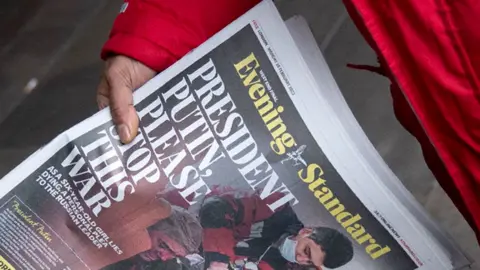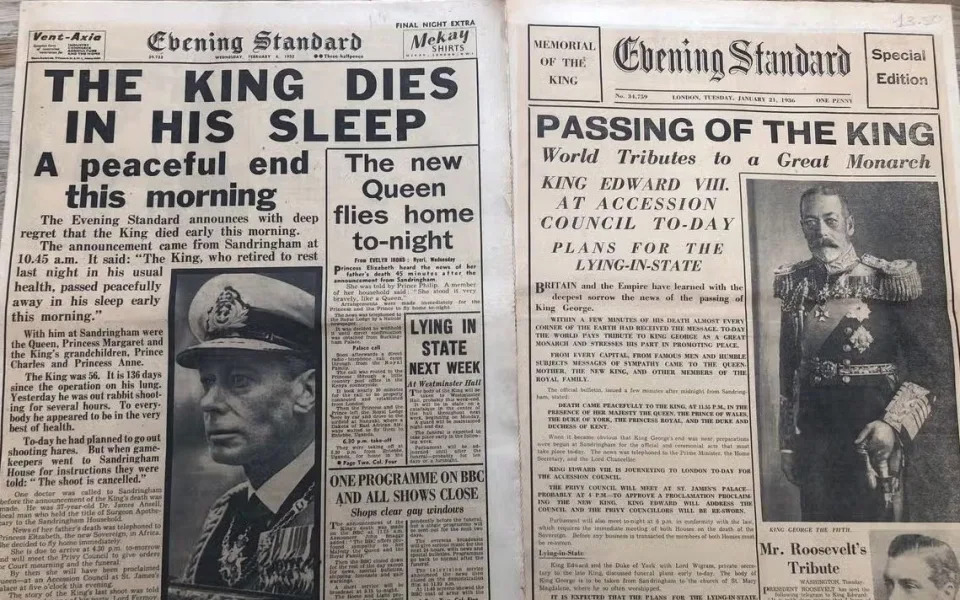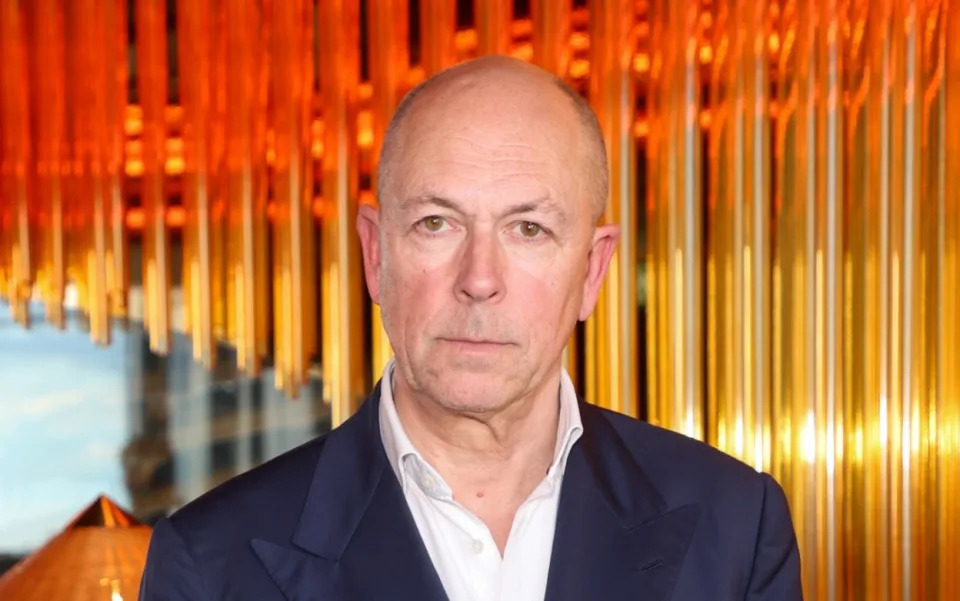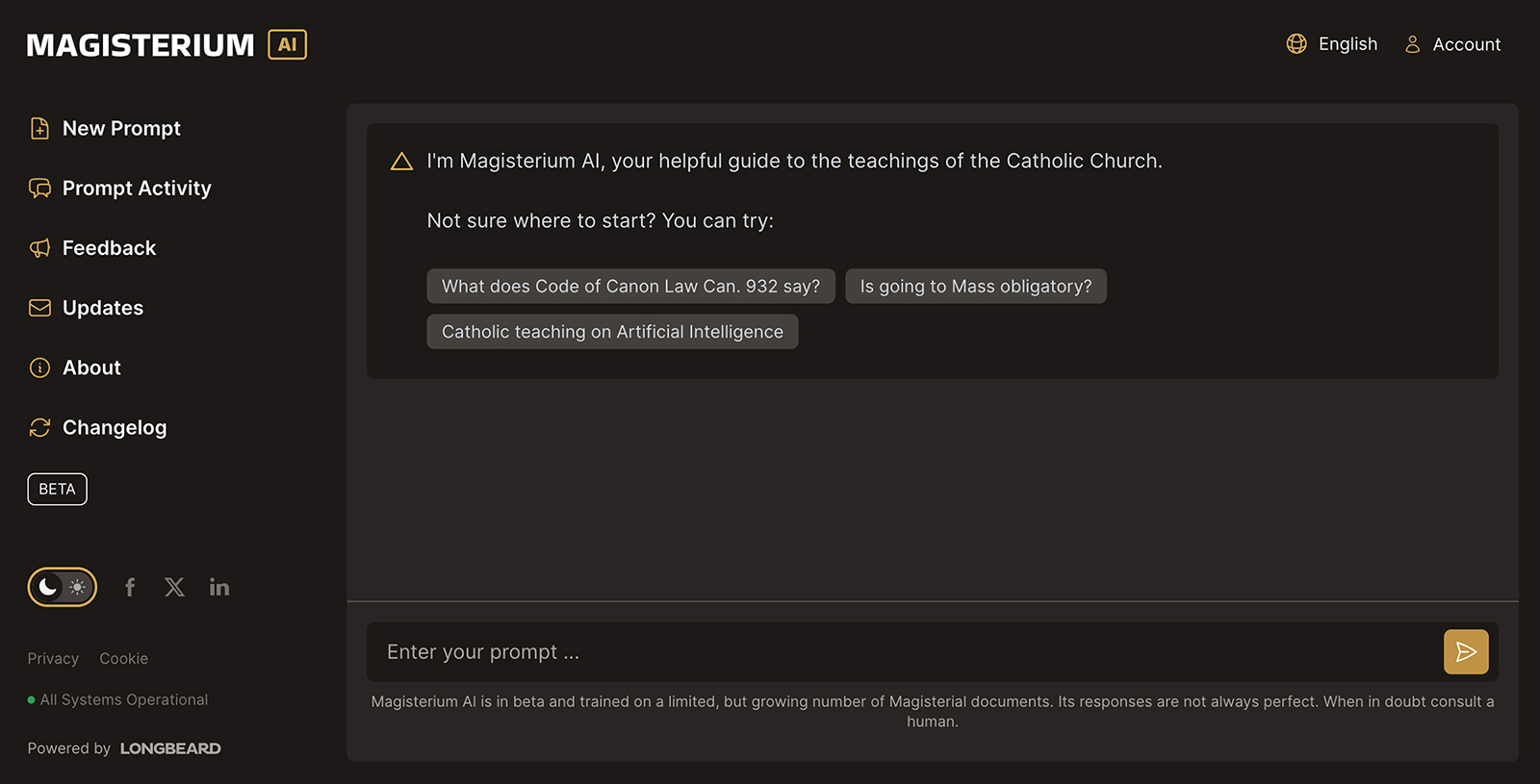UK
When miners took on the state in their fight for jobs and communities
“The repercussions of the miners’ strike, and of the Wapping printers lock-out a few months later, are still with us today. Big strikes, like those on the railways, the health workers and the teachers, come up against the government and the state.”
By Peter Arkell
It is 40 years since the start of the longest, most bitter and one of the most fateful strikes in British history. In the spring of 1984, miners throughout the UK challenged the Tory government of Margaret Thatcher − not for more money, but for their jobs and communities.
The strike was provoked by the Tory government in order to weaken the power of all trade unions. Her neoliberal plans − privatisation, destruction of unprofitable industry, mass unemployment, low wages, selling-off of council houses − required passive unions.

At the start of the strike in March, after the announcement by the National Coal Board (NCB) of the plan to close 20 pits, the National Union of Mineworkers (NUM), led by Arthur Scargill, unleashed a huge blast of energy and enthusiasm from the rank and file and from their supporters up and down the country.

Miners at the big coal fields walked out. Mass pickets were set up at the entrances to the pits in Nottinghamshire that were still working. But the government had prepared for the confrontation. The Tories had a strategy, while the trade union movement as a whole was unwilling to confront the government.
All the forces of the state were set up to target the miners and to prevent other unions from joining them. Thousands of police were drafted into the coalfields from London and other cities and there were daily confrontations with pickets.

The showdown culminated in the Battle of Orgreave, where about 6,000 miners faced off against a similar number of police. Around 10,000 miners were arrested during the year-long strike.

The police were ordered to make mass arrests and to break the miners physically. Roadblocks were set up in many of the coalfields to block the pickets getting through to Nottinghamshire where a majority of miners were still working. The strategy of the government and the coal board became apparent: keep the NUM divided and organise the strike-breakers.
Every assistance was given to the working miners in Nottinghamshire and to their scab organisation, the so-called Union of Democratic Miners. If there was a single scab prepared to work in a pit, a huge police operation was mounted. to get him through the pickets and into work.

The mainstream press portrayed the miners as violent thugs for doing what all trades unionists have always done − insisted on unity. The strike gradually descended into a grim struggle for survival, with Thatcher calling the miners “the enemy within”.

But the mining communities had a secret weapon − the women. They joined the strike at all levels: on the picket lines, in the soup kitchens where all who needed it could get a hot meal each day, and as roving ambassadors of the strike, collecting money and support from all over the country. They organised joyful Christmas parties for the children in 1984 in spite of the deprivations in the pit villages.

For many of the women this brought a change of outlook in their lives, a kind of liberation, that has not been lost in the years since the strike ended. All the pits had their own Women`s Support Groups, some of which are still active today, 40 years on, even with the pits gone.

The miners could only have won with the active support of the other big unions through the Trades Union Congress and the Labour Party, in a political campaign to bring down the Thatcher government. Instead the TUC leaders sat on their hands and allowed the miners to become isolated in a betrayal more blatant, more calculated even than the sell-out in the 1926 general strike. For Neil Kinnock, then Labour leader, the strike was an embarrassment he opposed and ignored.

Even without the support of the Labour leaders, the miners came close. Thatcher had three big wobbles, first when dockers came out in support, though that soon fizzled out; secondly, when the NACODS union of pit deputies and overmen voted overwhelmingly to come out to fight alongside the NUM. But on the day before their strike was to start the NACODS leaders concluded an unprincipled deal with the NCB that later proved to be worthless.
And thirdly, as the strike stood strong into the start of 1985 after nine months, sterling plummeted on the international money markets as it dawned on the speculators that Thatcher had miscalculated on the resistance of the miners and their supporters. By the end of February, sterling was trading at below $1.05 and the Bank of England was forced to step in.

In the end the strike failed because it wasn`t possible for a single group of workers, however strong, to bring down the government. It was not an ordinary strike against an employer, but a political strike against a government with the forces of the state behind it, against a capitalist economy which put profitability first.
A year after it began, the strike ended without any agreement on pit closures or anything else. Communist Party members from South Wales had floated the idea of a “return to work with heads held high” and it was this plan that narrowly carried the day at the NUM delegates meeting (98-91) at Congress House. Scargill was against a return to work. Within a decade, most of the pits had been shut and mining communities plunged into crisis from which in many cases they have yet to recover from.
The repercussions of the miners’ strike, and of the Wapping printers lock-out a few months later, are still with us today. Big strikes, like those on the railways, the health workers and the teachers, come up against the government and the state. Victory is not possible without the perspective of uniting all to challenge the power of the state. A new strategy is needed for that.
- This article was originally published by the Real Democracy Movement on March 7th, 2024.
- Peter Arkell is the co-author of Unfinished Business: The Miners’ Strike for Jobs 1984-5. Grab your copy at the bottom of this piece.
- Arise Festival are hosting an all day event celebrating 40 years on from the Miners’ Strike on 23rd, November 2024: ‘Class War in Britain – the Miners’ Strike 40 Years on‘. Book your early-bird tickets, save the date and find out more here.






 PA Media
PA Media
























